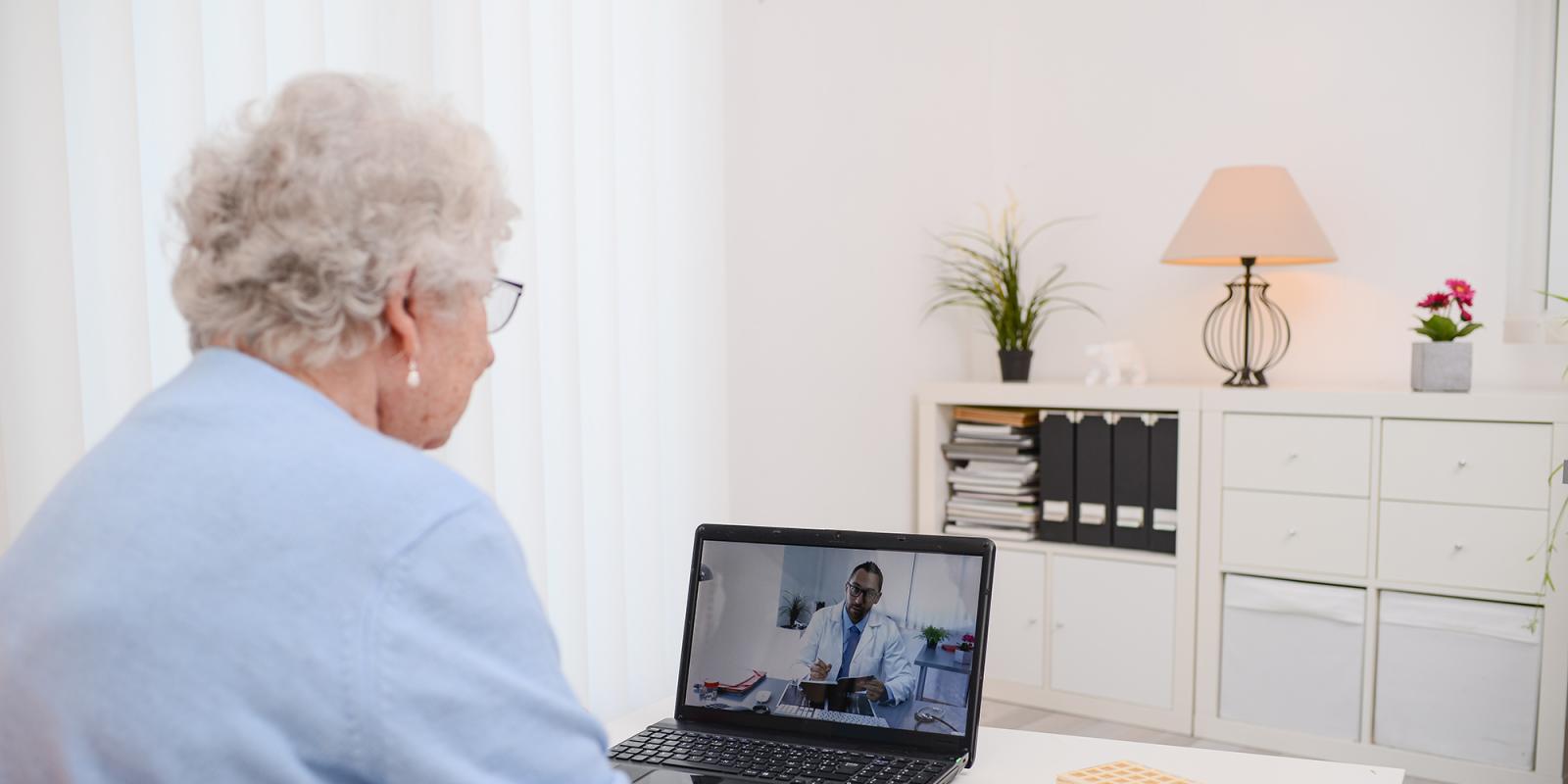Unlike the handwritten charts and bulletin boards of the past, today’s senior living facility staff increasingly rely upon sophisticated software solutions that bundle resident engagement tools such as community calendars, family communication tools, electronic health records (EHR) and eMAR software, which nurses rely upon to administer daily care.
The arrival of virtual healthcare systems came in the nick of time. The COVID-19 pandemic hasn’t only introduced a plague of loneliness in older adults—it also has introduced a wave of challenges for senior living community staff, who have to provide updates to residents and family members at a higher volume than ever before.
By employing modern technology to better manage communication between older adults, caregivers and loved ones, everyone benefits. When it comes to elders’ healthcare, deploying a better healthcare communication system can be critical to strengthening the connections between caregivers and residents in senior living communities.
Below are three tips to help caregivers leverage virtual healthcare technology—including coordinated video calls with loved ones—to strengthen communication and support older adults.
Embrace the Benefits of Virtual Care and Telehealth Solutions
Virtual healthcare visits and telehealth appointments can be a much safer option for vulnerable communities during the pandemic, especially with the arrival of increasingly individualized telehealth and video communication solutions that help promote nurturing relationships between older adults and their caregivers. These remote healthcare tools also can:
- Reduce the risks associated with travel. Telehealth visits can happen anywhere, which means no one has to leave their bed when they aren’t feeling well or risk potential COVID-19 exposure.
- Eliminate the stress of leaving home. For many communities that lack access to PPE, a virtual visit may feel far more comfortable than traveling to a doctor’s waiting room.
It may seem counterintuitive, but in this moment when COVID-19 cases are on the rise in much of the country, limiting trips out of the home can help older adults, caregivers and loved ones to manage their stress.
Using these tools to facilitate older adults’ healthcare visits also can protect caregivers by enabling medical care providers to see older adults via video chat, without contributing additional risk. In this public health crisis, establishing a secure bubble for older adults can make it easier for caregivers to monitor their health and safely manage their own workload.
To Improve Connections Between Caregivers, Examine Every Touchpoint
Within most senior living communities, there are caregivers, in-house healthcare providers and outside healthcare providers. It can be difficult for all three groups and the older adult at the center to avoid getting wires crossed.
A reliable communication is key to ensure that older adults attend doctor appointments, take medications on time and still have the option to attend an afternoon fitness class. Ideally, it should provide a central resource where everyone involved can access the secure information they need to support each older adult’s care.
Senior living providers who aren’t certain how well their technology connects the people behind each older adult’s care should consider every touchpoint in their system from each stakeholder’s point of view. This will help to locate and fill in communication gaps.
Find the Right Tool to Address Communication Challenges
It’s important to find the right technology for senior living communities, and their needs are unique. Senior living providers need a tool that can connect older adults, staff, healthcare professionals and loved ones with appropriate access controls to ensure respect for each older adult’s privacy and rights.
For example, John Knox Village, an independent living and life plan community in Pompano Beach, Fla., has successfully moved nearly all of its life enrichment programming online during COVID-19 through a centralized engagement platform.
A new platform may not look like a standard customer relationship management (CRM) tool, but it should have the right features. From the beginning of the search, consider which functions this system must serve. This list of functions will likely span a range of needs:
- Send out critical alerts and regular community updates;
- Maintain a community calendar of events for residents and loved ones;
- Connect older adults with medical care providers;
- Facilitate communication between residents in the senior living facility during moments of social isolation (such as a flu outbreak);
- Schedule safe, socially distant visits with guests during the pandemic;
- Support secure messaging and video calls between residents and their loved ones.
This wish list of administrative and interpersonal tasks is typical for most senior living communities, and these needs have only been heightened by the arrival of COVID-19.
The right solution should put people in touch with each other and eliminate the stress of coordinating across disconnected platforms.
Leverage Human Touch to Support Seniors
The human connection that occurs during an in-person physician visit can’t be replaced by a virtual one. But a strong communication network supported by technology that is built for senior living providers can help caregivers improve their communication with older adults, healthcare providers and other members of their support network.
The pandemic has taught people of all ages that they don’t have to be in the same room to share a smile anymore, but the right tool remains critical for broadcasting on the same signal.
Fahad Aziz is cofounder and chief technology officer of Caremerge in Chicago, Ill.













